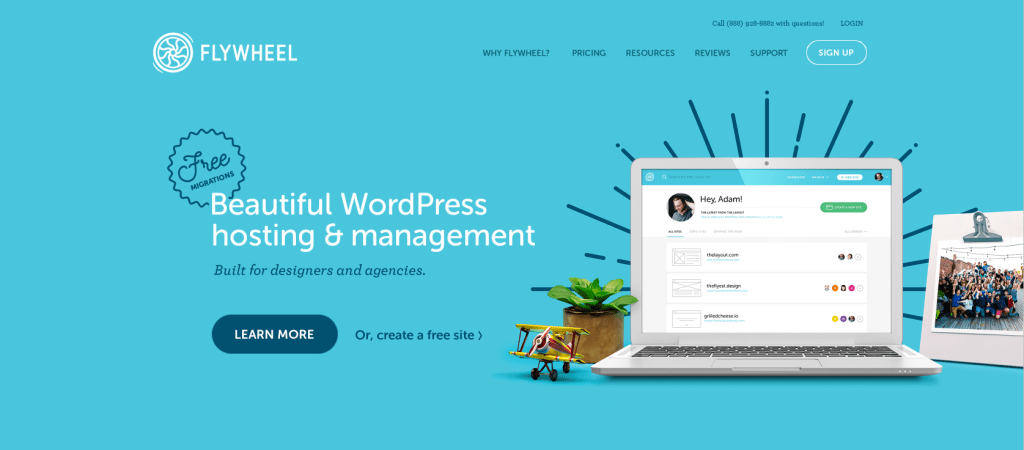Disclosure: We’re reader-supported. When you buy through links on our site, we may earn an affiliate commission at no extra cost to you. For more information, see our Disclosure page. Thanks.
Contents
- 1 How to Build an Amazon Affiliate Store Using WordPress?
- 1.1 1. Choose a Niche for Your Affiliate Store
- 1.2 2. Sign Up for the Amazon Affiliate Program (Amazon Associates)
- 1.3 3. Set Up Your WordPress Website
- 1.4 4. Install Essential Plugins
- 1.5 5. Design Your Amazon Affiliate Store
- 1.6 6. Add Content and Optimize for SEO
- 1.7 7. Integrate Affiliate Links and Monetize
- 1.8 8. Test and Optimize
- 1.9 9. Promote Your Store
- 1.10 10. Stay Compliant with Amazon’s Policies
- 1.11 Final Thoughts
How to Build an Amazon Affiliate Store Using WordPress?
Building an Amazon Affiliate Store using WordPress in 2025 involves several steps, from setting up your website to integrating Amazon affiliate links. Here’s a detailed step-by-step guide to help you create a successful Amazon affiliate store:
1. Choose a Niche for Your Affiliate Store
- Select a niche that you are passionate about and has demand in the Amazon marketplace.
- Popular niches include electronics, home and kitchen products, fashion, beauty, and pet care.
- Research the market and identify profitable products within your niche.
2. Sign Up for the Amazon Affiliate Program (Amazon Associates)
- Go to the Amazon Associates website and sign up.
- Fill in your details, including your website’s information.
- Once approved, you will have access to affiliate links and tools to promote products.

3. Set Up Your WordPress Website
- Choose a Domain Name and Hosting:
- Select a unique, memorable domain name related to your niche.
- Use a hosting provider that is optimized for WordPress (e.g., Flywheel or A2 Hosting).
- Install WordPress:
- Most hosting providers offer 1-click WordPress installation. Install WordPress on your domain.
- Choose a WordPress Theme:
- Select a clean, responsive theme that suits an online store. Some themes designed specifically for affiliate marketing include:
- Astra
- OceanWP
- GeneratePress
- You can also opt for specialized themes like REHub or AffiliateWP that are designed for affiliate marketing stores.
- Select a clean, responsive theme that suits an online store. Some themes designed specifically for affiliate marketing include:
4. Install Essential Plugins
- Affiliate Link Management:
- ThirstyAffiliates or Pretty Links: These plugins help you cloak and manage your Amazon affiliate links, making them look cleaner and more professional.
- Product Reviews and Comparison Tables:
- WP Product Review: Allows you to create detailed product reviews.
- TablePress: Helps you create product comparison tables, which are excellent for affiliate marketing sites.
- SEO Optimization:
- Yoast SEO or Rank Math: These plugins will help optimize your website for search engines to improve your visibility.
- E-Commerce and Monetization:
- WooCommerce (optional): For displaying and selling products (though you’ll be linking to Amazon).
- Amazon Auto Links: Automatically fetches Amazon products and inserts them into your posts.
- Caching and Performance:
- WP Rocket or W3 Total Cache: Improve your website’s load speed.
- Security:
- Wordfence Security: To keep your website safe from malicious attacks.
5. Design Your Amazon Affiliate Store
- Homepage Design:
- Create an engaging homepage that introduces your niche and product categories.
- Add call-to-action (CTA) buttons like “Shop Now” or “See the Best Deals”.
- Product Pages and Categories:
- Organize your store by product categories (e.g., Best Electronics, Best Kitchen Appliances).
- Use clear, high-quality product images and compelling product descriptions.
- Amazon Affiliate Links:
- For each product, generate an affiliate link from your Amazon Associates account and insert it into your website.
- Include these links in product reviews, product listings, or “Best of” lists.
- Call to Action:
- Use engaging CTAs like “Buy Now” or “See More” linked to Amazon product pages.
- Make sure your affiliate links stand out but don’t feel too pushy.
6. Add Content and Optimize for SEO
- Product Reviews:
- Write in-depth reviews for the products you promote, highlighting their features, pros, and cons.
- Blog Posts and Guides:
- Create blog posts related to your niche (e.g., “Top 10 Kitchen Appliances of 2025”).
- Provide value with helpful guides, top lists, and comparison articles.
- SEO Optimization:
- Use keywords relevant to your niche in titles, headings, and throughout your content.
- Optimize images with alt text.
- Write high-quality content that answers questions your potential visitors might have.
- Use internal linking to guide visitors through your site.
- Linking to Amazon:
- Place affiliate links in a natural and non-intrusive way, such as in product descriptions or comparison tables.
- Ensure to disclose that you are using affiliate links (Amazon’s TOS requires a proper disclosure statement).
7. Integrate Affiliate Links and Monetize
- Amazon Native Shopping Ads:
- Use Amazon’s native ads to automatically display products on your website. These ads can be displayed in the form of banners, product recommendations, or a search bar.
- Amazon Widgets:
- Add Amazon widgets to your site for displaying product categories or top products in your niche.
- Amazon OneLink:
- If you want to target international visitors, use Amazon OneLink to serve the right products for customers in different countries.
8. Test and Optimize
- Check User Experience (UX):
- Ensure your site is mobile-friendly, fast-loading, and easy to navigate.
- Monitor Performance:
- Use Google Analytics to track visitors, bounce rates, and conversions.
- A/B Testing:
- Try testing different CTA buttons, product placements, and layout designs to see what converts best.
9. Promote Your Store
- Social Media:
- Share product reviews and blog posts on social media platforms such as Facebook, Instagram, Pinterest, and Twitter.
- Email Marketing:
- Build an email list by offering incentives (e.g., free eBooks, guides, or exclusive deals).
- Send newsletters with new product recommendations and blog posts.
- Content Marketing:
- Leverage YouTube, podcasting, or other content forms to engage potential customers.
- Paid Ads:
- Consider running Google Ads or Facebook Ads targeting people interested in your niche.
10. Stay Compliant with Amazon’s Policies
- Amazon’s Affiliate Disclosure:
- Always disclose that you are an Amazon Affiliate and may earn commissions on qualifying purchases.
- Comply with the Amazon Associates Operating Agreement:
- Make sure you are following all Amazon policies to avoid getting banned from the affiliate program.
Final Thoughts
Creating an Amazon affiliate store on WordPress in 2025 is a combination of choosing the right niche, setting up your website with WordPress and essential plugins, and regularly creating optimized content. Continuous testing and promoting through various channels will help you grow your affiliate business. Stay consistent with content, and always follow Amazon’s policies for long-term success!

